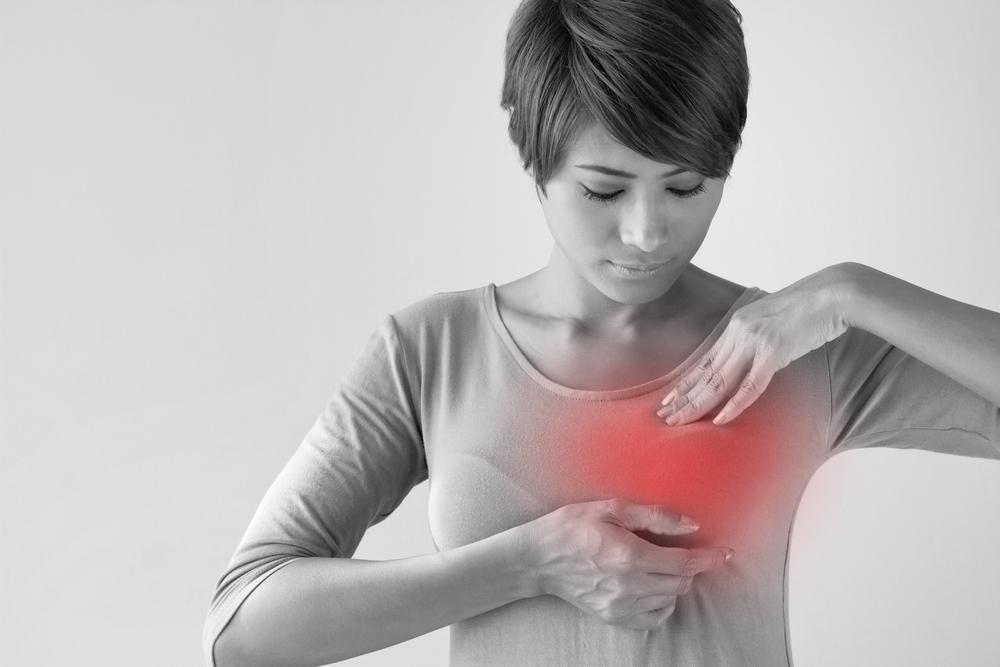Breast cancer treatment
Breast cancer should be treated with precision and comprehensive treatment principles. According to the biological behavior of the tumor and the patient's physical condition, a variety of treatment methods should be combined, taking into account local and systemic treatments, in order to improve the curative effect and improve the patient's quality of life.
Breast cancer should be treated with precision and comprehensive treatment principles. According to the biological behavior of the tumor and the patient's physical condition, a variety of treatment methods should be combined, taking into account local and systemic treatments, in order to improve the curative effect and improve the patient's quality of life.
General treatment
Health education
Doctors should actively talk to patients with breast cancer, let patients understand the basic knowledge of breast cancer, and help patients build positive emotions.
Psychological support
By constructing a good family and social support system, patients can experience the care of family and society, effectively alleviate their negative emotions, and benefit the recovery and prognosis of patients.
Physiological support
Patients with breast cancer may have adverse physiological reactions during the diagnosis and treatment process, including nausea, vomiting, pain, and hot flashes. Patients should maintain a stable mood and actively take medication or physical interventions.
medical treatement
According to the different mechanisms of action of drugs, drug therapy is divided into chemotherapy, endocrine therapy (hormone therapy) and targeted therapy.
Chemotherapy
Chemotherapy for short is a systemic treatment that kills cancer cells by using cytotoxic drugs. It can be divided into adjuvant chemotherapy and neoadjuvant chemotherapy. Adjuvant chemotherapy
Refers to the systemic chemotherapy done after surgery. The purpose is to kill small lesions that cannot be removed by surgery, reduce cancer metastasis and recurrence, and improve the survival rate of patients. It is suitable for patients with invasive breast cancer with axillary lymph node metastasis. For patients with negative axillary lymph nodes and high-risk factors for recurrence, postoperative adjuvant chemotherapy is also suitable. Neoadjuvant chemotherapy
Refers to systemic chemotherapy before the implementation of local treatment methods (such as surgery or radiotherapy) in order to shrink the tumor first through chemotherapy, and then cure the tumor through treatment methods such as surgery or radiotherapy. It is suitable for patients with large lumps (>5cm), axillary lymph node metastasis, and breast-conserving willingness but the ratio of tumor size to breast volume is too large.
Chemotherapeutic drugs used to treat breast cancer generally interfere with the reproduction of cancer cells by changing or inhibiting the biochemical and metabolic processes of cancer cells, mainly anthracyclines and paclitaxel.
Anthracyclines: Common drugs include doxorubicin, epirubicin, pirarubicin, etc. Common adverse reactions include cardiotoxicity (doxorubicin is the most serious), bone marrow suppression, gastrointestinal reactions, etc.
Taxanes: Common drugs include paclitaxel, docetaxel, etc., and common adverse reactions include bone marrow suppression, allergic reactions, skin reactions (erythema), gastrointestinal reactions, etc.
Others: Commonly used clinical drugs include cyclophosphamide, 5-fluorouracil, and oral capecitabine.
Endocrine therapy
By removing or blocking the action of hormones, it prevents cancer cells from growing. Compared with chemotherapy, endocrine therapy has the advantages of definite curative effect, low toxicity, convenient use, no hospitalization, and easy acceptance by patients. Although it has a slow onset, it has a long remission period. It is especially suitable for hormone receptor (ER/PR) positive patients. Stage breast cancer patients. Anti-estrogens
Common drugs include tamoxifen (also known as tamoxifen), toremifene, etc., which can reduce the recurrence and metastasis of breast cancer after surgery, and reduce the incidence of contralateral breast cancer. It is clinically suitable for premenopausal and postmenopausal women. Common side effects include hot flashes, nausea, vomiting, venous thrombosis, eye side effects, vaginal dryness or increased discharge. Aromatase inhibitor
Common drugs include letrozole, anastrozole, exemestane, etc., which can reduce estradiol and achieve the purpose of treating breast cancer. It is clinically suitable for postmenopausal women, and the therapeutic effect is better than tamoxifen. The common side effects are mainly bone lesions, such as osteoporosis and joint pain. other
Commonly used clinical endocrine drugs also include luteinizing hormone-releasing hormone analogs goserelin and leuprolide, and the estrogen inactivator fulvestrant.
Targeted therapy
It is a treatment that blocks tumor growth through specific interference. Compared with chemotherapy, it has a smaller effect on normal cells, and the patient is better tolerated during treatment. It is suitable for HER-2 positive breast cancer patients.
The main drugs are trastuzumab, pertuzumab, T-DM1, lapatinib, pyrrotinib and so on. Depending on the condition, it can be combined with chemotherapy or sequentially for the treatment of neoadjuvant, adjuvant and advanced breast cancer. Sometimes it can also be used in combination with endocrine drugs.
Surgical treatment
Surgical treatment is still the first choice for breast cancer patients. Surgical treatment is contraindicated in patients with poor general conditions, serious diseases in major organs, and elderly and frail patients who cannot tolerate them. The selection of surgical methods should comprehensively evaluate the stage of breast cancer and the patient's physical condition.
Breast-sparing surgery
The scope of surgical resection is the tumor and the tissue around 1 to 2 cm. It is suitable for patients with early breast cancer who need to preserve breasts. It is generally suitable for patients with stage II, whose maximum tumor diameter is ≤3cm, and can retain suitable breast volume and good breast shape after surgery.
Patients with stage III (except for inflammatory breast cancer) who have been downgraded to the standard of breast preservation by neoadjuvant chemotherapy can also be carefully considered.
Total mastectomy
The scope of surgical resection is the entire breast, including the tail of the axilla and the pectoralis major fascia. It is suitable for patients with carcinoma in situ, microcarcinoma and aging and frail patients who are not suitable for radical resection.
Radical mastectomy and extended radical mastectomy
The scope of radical resection includes the entire breast, pectoralis major, pectoralis minor, and all lymph nodes in the axilla. In addition to the above-mentioned scope, the enlarged radical operation must also remove the internal thoracic arteries and veins and surrounding lymph nodes. Because the resection range is too large, it has been seldom used.
Modified radical mastectomy
Compared with radical surgery, the difference lies in whether to remove the pectoralis major and (or) pectoralis minor. Because the pectoral muscles are retained during the operation, the postoperative appearance effect is better, and it is currently the most commonly used surgical method.
Radiotherapy
Radiation therapy for short is a local treatment that kills cancer cells through radiation. It is often used in conjunction with surgery or chemotherapy to reduce tumor metastasis and recurrence and improve patient survival. For patients with advanced breast cancer, palliative radiotherapy may sometimes be considered.




